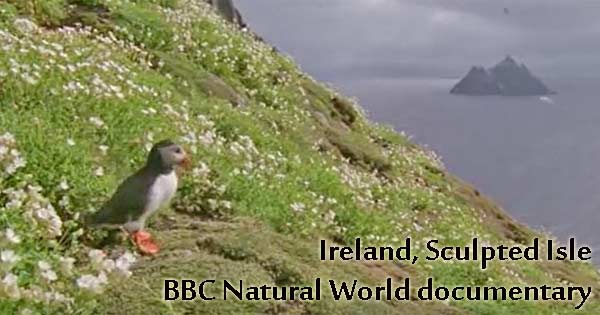The BBC Natural World series visited Ireland to discover the stories behind the stunning landscape and wildlife of the island.
The documentary examines the history of some of the most visited places in Ireland like Croagh Patrick and discusses the legends and myths that surround it.

Ancient burial sites at the Burren are also studied, with an Irish archaeologist talking about the mysteries and theories of the site.
The documentary was produced in 2004 and narrated by Irish journalist Fergal Keane who grew up in Dublin and Cork. It is a fascinating insight into the geological history of Ireland, and is full of stunning shots of the landscape and wildlife.
Much of it focuses on how the country has changed since the Ice Age ten thousand years ago. This event in history had a key impact on the shaping of Ireland’s landscape.
The numerous wild species that have survived in Ireland’s ever-changing environment are studied including the Killarney Deer, salmon, badgers and oysters.
Keane recalls an old Irish saying: “To hold a Galway oyster in your mouth is to taste the very essence of the ocean.”
These fascinating creatures are usually not what people associate with the beauty of Ireland, given they are not likely to be spotted at most regular tourist attractions. The BBC footage shows them in their natural habitat and looks into the constant struggles they endure in order to survive.
Keane also discusses the key events of Irish history, such as the failure of the potato crop in the mid-1800s, and looks at the impact these had on the people living in Ireland at the time, and also the lasting effect that had on the country.
The video is an intriguing study into the history of Ireland, its people, wildlife and landscape.
BBC Natural World – Ireland, Sculpted Isle
